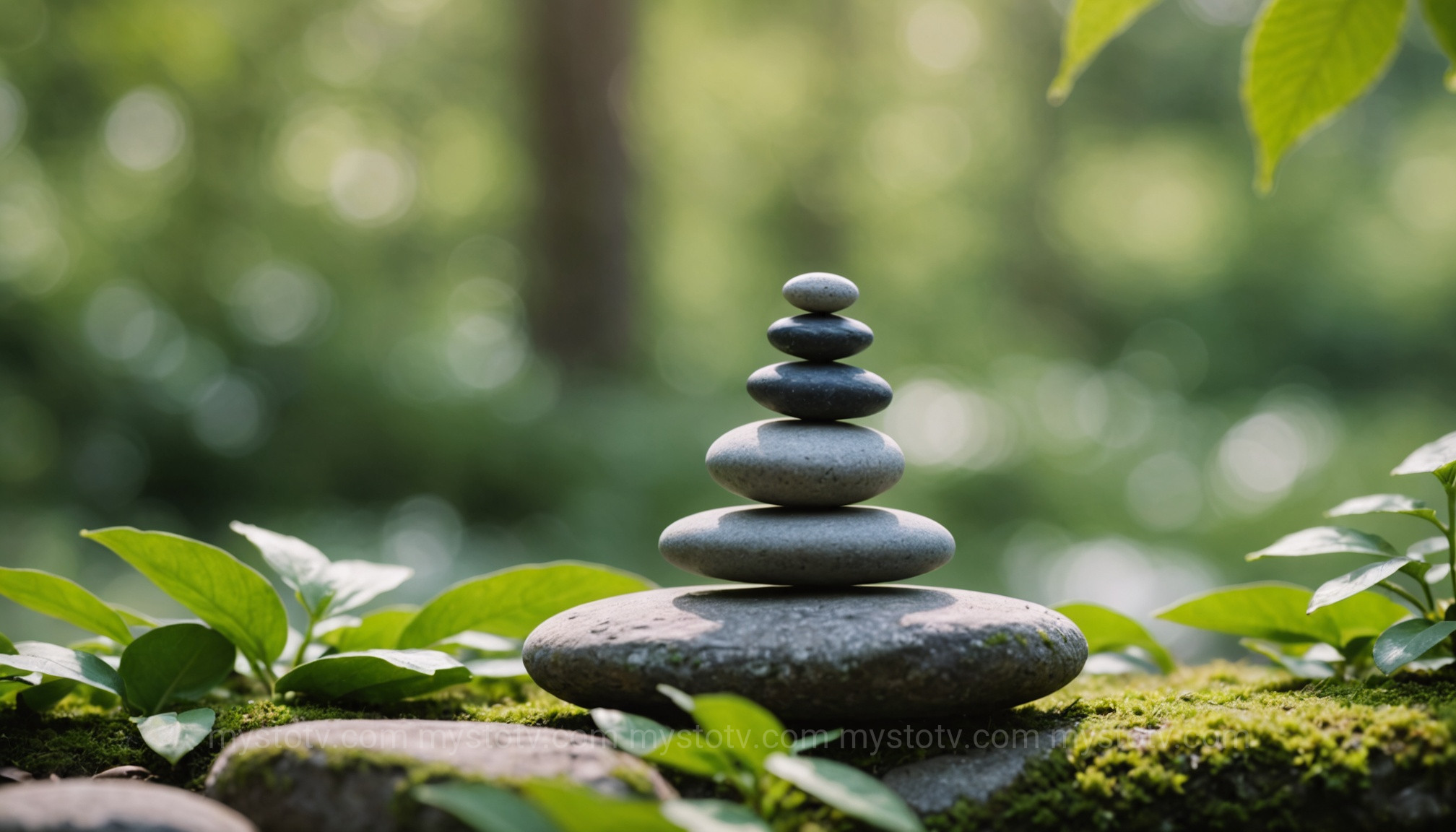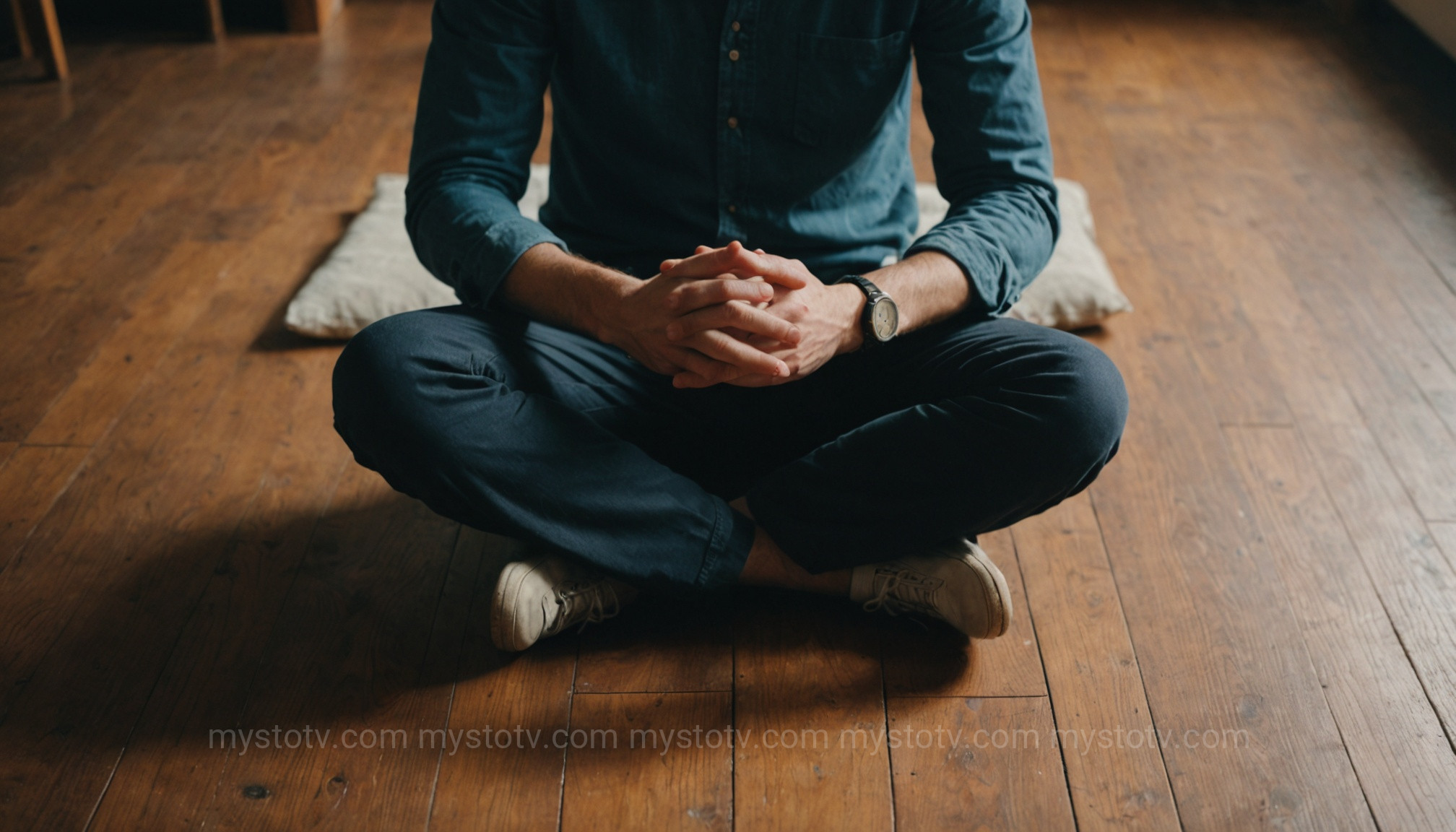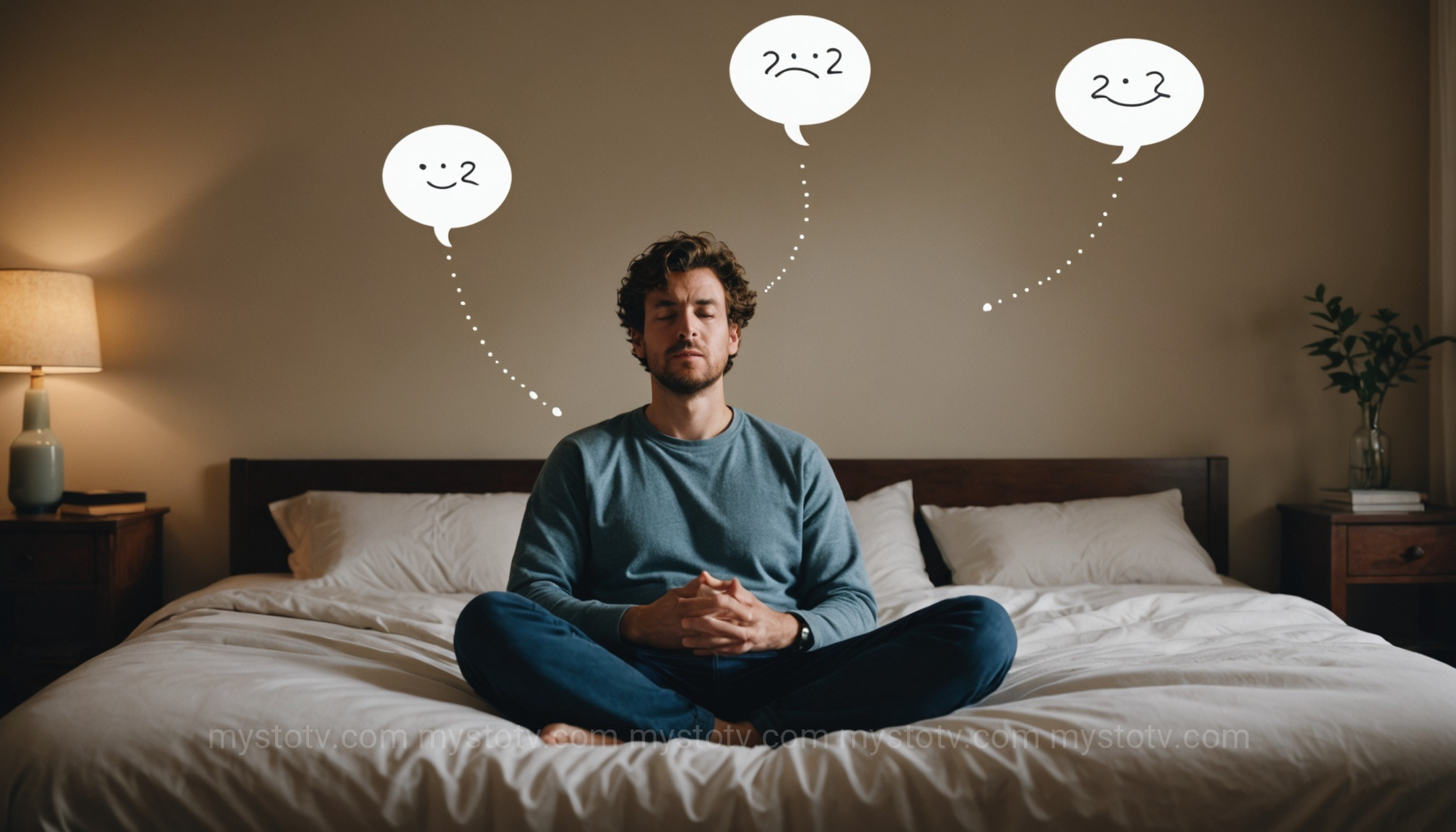I still remember the first time someone suggested I try mindfulness. My mind was a relentless buzz of to-do lists, email notifications, and a low-grade hum of anxiety. The idea of “clearing my mind” felt impossible, like trying to empty the ocean with a teaspoon. But what if it wasn't about emptying the mind, but simply learning to sit with it? That shift in perspective was my entry point. This guide isn't about achieving a state of perfect Zen overnight. It’s a practical, honest look at how to practice mindfulness for beginners, starting with just five manageable minutes a day—a small anchor in the storm of daily life.
Contents
- 1 What is Mindfulness (and What It Isn't)? A Simple Guide for Beginners on How to Practice
- 2 Why 5 Minutes? The Science-Backed Power of Short Daily Practice for Beginners
- 3 Your 5-Minute Daily Guide: How to Practice Mindfulness for Beginners Step-by-Step
- 4 Common Challenges and How to Overcome Them When You Practice Mindfulness for Beginners
- 5 Integrating Mindfulness Beyond Your 5-Minute Practice: Tips for Beginners
- 6 Frequently Asked Questions for Beginners
- 7 References
- 8 Your Journey Starts Now
What is Mindfulness (and What It Isn't)? A Simple Guide for Beginners on How to Practice

Before you dive into a practice, it’s crucial to understand what you're actually doing. At its core, mindfulness is the basic human ability to be fully present, aware of where we are and what we’re doing, and not overly reactive or overwhelmed by what’s going on around us. It's a concept that sounds incredibly simple yet feels profoundly difficult in our distraction-filled world. Learning how to practice mindfulness for beginners is less about adding a new, complex task to your day and more about re-learning a skill we all inherently possess.
It's equally important to clarify what mindfulness is not:
- It is not about stopping your thoughts. This is the most common misconception. Your brain's job is to think. Mindfulness teaches you to observe those thoughts without getting swept away by them, like watching clouds pass in the sky rather than being the cloud itself.
- It is not a religion. While mindfulness has roots in Buddhist traditions, the practice itself is secular. It is a form of mental training that can be practiced by anyone, regardless of their beliefs.
- It is not a quick fix for all your problems. Mindfulness won't make stress disappear, but it changes your relationship with it. It equips you with the tools to respond to challenges with clarity and calm instead of reacting with panic.
Analysis: For someone just starting, demystifying mindfulness is the most critical first step. The fear of "doing it wrong" or the expectation of a completely blank mind can be a significant barrier. By framing mindfulness as an observational skill rather than a state of emptiness, we make the practice accessible and less intimidating. Understanding that thoughts will inevitably arise and that the goal is non-judgmental observation empowers beginners to persist through the initial mental chatter without feeling like they are failing.
Why 5 Minutes? The Science-Backed Power of Short Daily Practice for Beginners
The idea of dedicating an hour to meditation can feel daunting, but the beauty of starting a mindfulness practice is that consistency trumps duration. Committing to just five minutes a day is a powerful strategy, especially when you're exploring how to practice mindfulness for beginners. This small, achievable goal builds a sustainable habit without feeling like another chore on your to-do list.
The power of this approach is backed by research. Short, consistent mindfulness sessions can have a tangible impact. For instance, studies have shown that even brief mindfulness interventions can significantly reduce stress and improve attentional control. A study published in Psychiatry Research: Neuroimaging found that participants who engaged in an eight-week mindfulness program showed measurable changes in brain regions associated with memory, sense of self, and stress. While that was a longer program, the principle holds: small, regular inputs lead to significant cumulative results. Five minutes is your gateway to these benefits.
Analysis: The "5-minute" hook is more than just a catchy title; it's a psychologically sound strategy for habit formation. It directly counters the common excuse of "not having enough time." By highlighting the scientific backing for short-duration practice, we provide logical reinforcement for this approach. This analysis gives beginners confidence that their small effort is not in vain but is a scientifically validated method for initiating meaningful change. It shifts the focus from an intimidating time commitment to a simple, repeatable action.
Your 5-Minute Daily Guide: How to Practice Mindfulness for Beginners Step-by-Step

Ready to begin? This simple, five-minute guided practice is designed to be your daily starting point. You don't need a special cushion or a silent room—just a willingness to try. The goal here is not perfection, but presence. Here is a breakdown of how to practice mindfulness for beginners, one minute at a time.
Minute 1: Finding Your Space and Settling In
Find a comfortable position. You can sit in a chair with your feet flat on the floor, your back straight but not stiff. You can also sit cross-legged on the floor if that's comfortable. Rest your hands in your lap. The key is to find a posture that is both alert and relaxed. Set a timer for five minutes. Close your eyes gently, or if you prefer, lower your gaze to a soft focus on a spot a few feet in front of you. Take one deep breath in, and as you exhale, let go of any immediate tension in your shoulders and jaw.
Minute 2: Focusing on Your Breath
Bring your attention to the physical sensation of your breath. Don't try to change it; just observe it. Notice the feeling of the air entering your nostrils, filling your lungs, and the gentle rise and fall of your chest or belly with each inhale and exhale. This is your anchor. Whenever your mind wanders, your task is simply to guide it gently back to this sensation. This is the core of learning how to practice mindfulness for beginners: the gentle, repeated act of returning your focus.
Minute 3: The Body Scan
Broaden your awareness from your breath to your entire body. Do a quick, gentle "scan" from the tips of your toes to the top of your head. You don't need to look for anything in particular. Just notice what's there. Can you feel the contact points between your body and the chair or floor? Do you notice any areas of warmth, coolness, tingling, or tension? Acknowledge these sensations without judging them or needing to change them. Simply notice.
Minute 4: Acknowledging Thoughts Without Judgment
By now, your mind has likely wandered. This is completely normal and expected. Instead of getting frustrated, your task is to notice where your mind went. Was it to a work deadline? A memory? A sound in the room? Silently label it "thinking" or "wandering" and then, with kindness, gently guide your attention back to your anchor—the sensation of your breath. The moment you realize your mind has wandered is a moment of mindfulness.
Minute 5: Gently Returning to Awareness
As your timer nears its end, slowly bring your awareness back to the room around you. Notice the sounds, the temperature of the air on your skin. Wiggle your fingers and toes. When you feel ready, gently open your eyes. Take a moment to notice how you feel. There's no right or wrong way to feel. The practice is simply about showing up for these five minutes.
Common Challenges and How to Overcome Them When You Practice Mindfulness for Beginners
Your journey into mindfulness will not be a straight line. Everyone, from novices to seasoned practitioners, faces challenges. Understanding these common hurdles is the first step to overcoming them, making it easier to stick with your plan for how to practice mindfulness for beginners.
Challenge: "My Mind is Too Busy and I Can't Stop Thinking"
This is the single most common frustration for beginners. The analysis here is simple: you are not failing; you are noticing the nature of your mind. The goal isn't to have zero thoughts. The practice *is* the act of noticing your mind has wandered and gently bringing it back. Each time you return your focus to your breath, you are strengthening your "mindfulness muscle." Try to adopt an attitude of gentle curiosity toward your thoughts rather than seeing them as an enemy to be defeated.
Challenge: "I Feel Restless or Sleepy"

Physical sensations like restlessness or drowsiness are also normal. If you feel restless, try focusing your attention directly on that feeling. Where in your body do you feel it? What are its qualities? Observing it can sometimes lessen its power. If you feel sleepy, try sitting with a straighter spine, opening your eyes to a soft gaze, or even practicing for a few minutes while standing. It's about working with your body's energy, not fighting it.
Challenge: "I'm Not Sure I'm Doing It Right"
The beauty of this practice is its simplicity. If you are sitting down with the intention to be present, and you are attempting to return your focus to an anchor (like your breath) when you get distracted, you are doing it right. There is no secret technique you are missing. Let go of the need for a "perfect" session. The most important part of learning how to practice mindfulness for beginners is consistency and a kind, non-judgmental attitude toward yourself.
Integrating Mindfulness Beyond Your 5-Minute Practice: Tips for Beginners
The ultimate goal is not just to be mindful for five minutes on a cushion but to bring that quality of awareness into your everyday life. The formal, five-minute session is your training ground. Here’s how you can take what you’ve learned and apply it throughout your day, which is a key part of how to practice mindfulness for beginners effectively.
- Mindful Moments: Pick a routine activity you do every day—like brewing coffee, brushing your teeth, or walking to your car. For those few moments, try to be fully present. Notice the smell of the coffee, the feeling of the bristles on your teeth, the sensation of your feet on the ground. These "mindfulness-in-action" moments weave presence into the fabric of your day.
- The S.T.O.P. Technique: When you feel overwhelmed or stressed, use this simple acronym: Stop what you are doing. Take a few deep breaths. Observe your thoughts, feelings, and bodily sensations. Proceed with more awareness and intention.
- Mindful Listening: The next time you are in a conversation, try to listen with your full attention rather than planning what you'll say next. Notice the other person's tone of voice and body language. This not only enhances your presence but also deepens your connection with others.
Analysis: This section is crucial because it connects the isolated 5-minute practice to real-world benefits. For beginners, seeing how mindfulness can be applied practically—outside of formal meditation—provides motivation and context. It demonstrates that the skill being built is not abstract but is a tool for navigating daily stress, improving relationships, and enriching mundane experiences. This bridges the gap between "meditation" and "life," making the practice feel more relevant and valuable. After all, the goal of learning how to practice mindfulness for beginners step-by-step is to enhance your life as a whole.
Frequently Asked Questions for Beginners
1. Do I need any special apps or equipment to practice mindfulness?
Absolutely not. One of the greatest advantages of mindfulness is its accessibility. All you truly need is yourself and a place to sit or stand for a few minutes. While there are many excellent mindfulness apps, cushions, and timers available, they are tools, not necessities. Starting without them can help you focus on the core practice itself rather than getting caught up in accessories.
2. What if my mind wanders the entire five minutes? Am I failing?
You are not failing; you are succeeding at noticing how busy your mind is. A session where your mind wanders constantly and you gently guide it back 100 times is far more "successful" than a session where you are distracted and don't even realize it. The practice is in the returning, not in the staying. Be patient with yourself. This is a skill that develops over time, just like learning a musical instrument.
3. Is there a "best" time of day to practice?
The best time to practice is the time you will consistently do it. Many people find that practicing first thing in the morning helps set a calm, intentional tone for the day before distractions take over. Others prefer a mid-day session to reset from work stress, or an evening practice to unwind before sleep. Experiment and see what works best for your schedule and energy levels. Consistency is more important than the specific time on the clock.
References
- Tang, Y. Y., Hölzel, B. K., & Posner, M. I. (2015). The neuroscience of mindfulness meditation. Nature Reviews Neuroscience, 16(4), 213–225. https://www.nature.com/articles/nrn3916
- Hölzel, B. K., Carmody, J., Vangel, M., Congleton, C., Yerramsetti, S. M., Gard, T., & Lazar, S. W. (2011). Mindfulness practice leads to increases in regional brain gray matter density. Psychiatry Research: Neuroimaging, 191(1), 36–43. https://www.ncbi.nlm.nih.gov/pmc/articles/PMC3004979/
- American Psychological Association. (2019). Mindfulness. https://www.apa.org/topics/mindfulness
Your Journey Starts Now
Learning how to practice mindfulness for beginners is not about adding another pressure to your life but about gifting yourself a moment of quiet clarity. This five-minute daily guide is a starting point, a simple and accessible anchor you can return to anytime. The goal isn't to be a perfect meditator; it’s to be a more present human being. Embrace the process, be kind to your wandering mind, and trust that with each five-minute session, you are planting a seed of awareness that will grow over time. Your journey into a more present, less reactive life starts with a single, conscious breath.